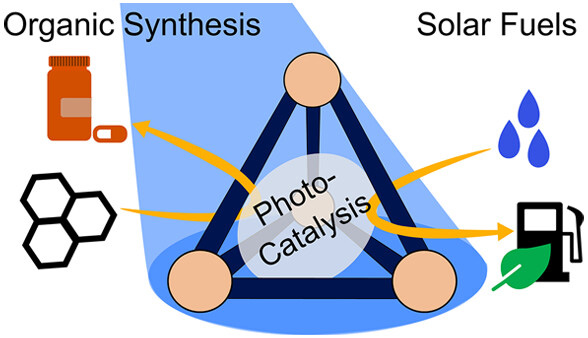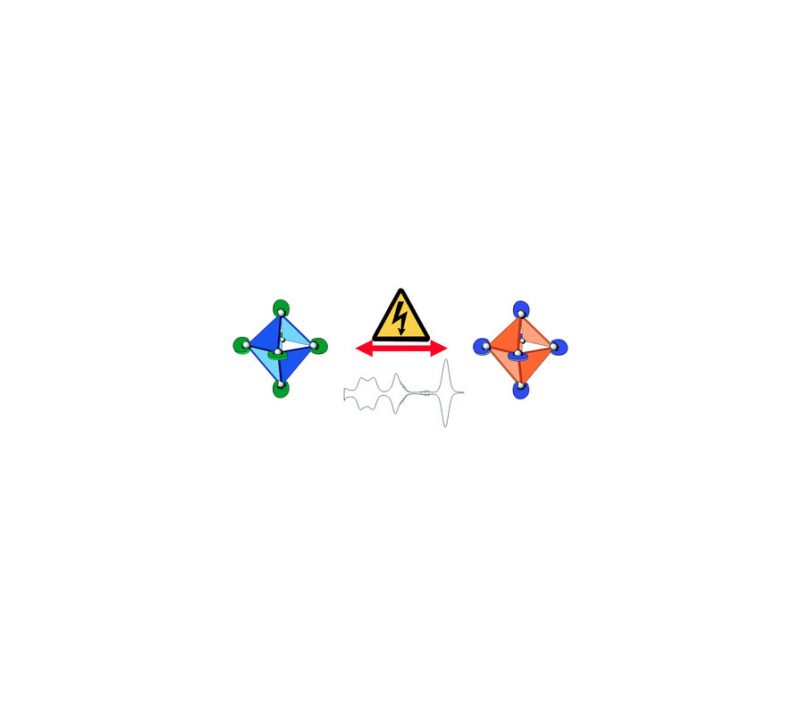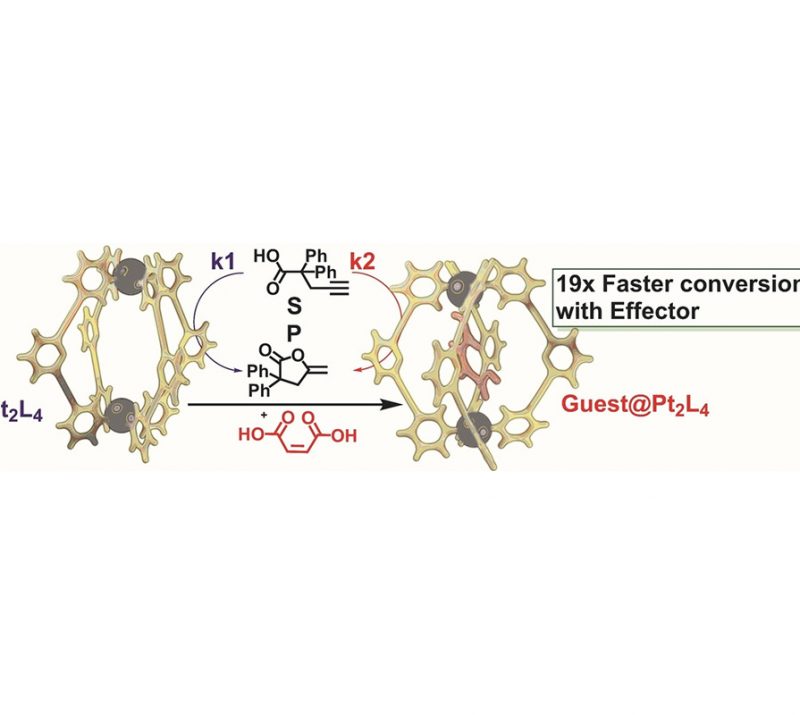
Rens Ham, C. Jasslie Nielsen, Sonja Pullen, and Joost N. H. Reek
Chem. Rev., 2023, 123(9), 5225-5261
DOI: 10.1021/acs.chemrev.2c00759

Abstract
Because sunlight is the most abundant energy source on earth, it has huge potential for practical applications ranging from sustainable energy supply to light driven chemistry. From a chemical perspective, excited states generated by light make thermodynamically uphill reactions possible, which forms the basis for energy storage into fuels. In addition, with light, open-shell species can be generated which open up new reaction pathways in organic synthesis. Crucial are photosensitizers, which absorb light and transfer energy to substrates by various mechanisms, processes that highly depend on the distance between the molecules involved. Supramolecular coordination cages are well studied and synthetically accessible reaction vessels with single cavities for guest binding, ensuring close proximity of different components. Due to high modularity of their size, shape, and the nature of metal centers and ligands, cages are ideal platforms to exploit preorganization in photocatalysis. Herein we focus on the application of supramolecular cages for photocatalysis in artificial photosynthesis and in organic photo(redox) catalysis. Finally, a brief overview of immobilization strategies for supramolecular cages provides tools for implementing cages into devices. This review provides inspiration for future design of photocatalytic supramolecular host–guest systems and their application in producing solar fuels and complex organic molecules.


